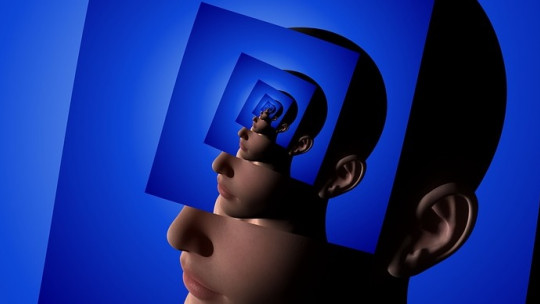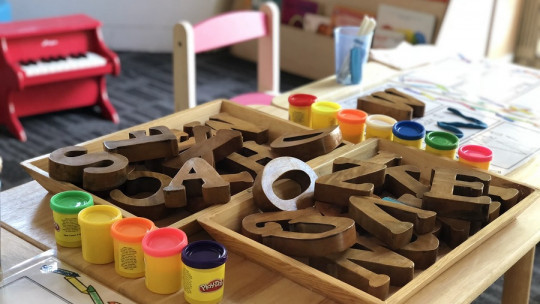
Learning, or the acquisition and assimilation of information or knowledge, is not something that occurs randomly, but rather people require study and repetition through exercises or experiences in order to achieve the assimilation of any subject or concept.
However, there are a series of learning techniques that can facilitate this task, One of these techniques consists of using the so-called cognitive maps These cognitive maps are an excellent way to illustrate and capture a series of ideas or knowledge so that the person can absorb and incorporate any type of information into their cognitive schemes.
What are cognitive maps?
A cognitive map is a strategic tool that enables the assimilation and retention of any type of information through the graphic representation of ideas and concepts. This representation is expressed through the use of sketches, diagrams or diagrams.
The name of this technique by the word “map” has a metaphorical meaning, since it is used as a kind of geographical map through which the person can unite different concepts.
These cognitive maps are established in different ways depending on the procedures for collecting, filtering and evaluating information that the person does. In addition, it is also generated based on the information load that the person collects from the context in which they find themselves.
Another of their advantages is that they are moldable, and capable of changing over time as the subject adds information. As well as persistent and resistant to forgetting, as long as the person does not stop interacting with said context.
Main features
In addition to being an extremely useful tool for learning in any of the areas or subjects in which the subject may be involved, Cognitive maps have a series of characteristics of their own:
Functionality of these resources
Given the relevance and advantages of cognitive maps, they can be extremely useful for four aspects of the teaching-learning process:
1. Learning meanings
By constituting a graphic representation of how the student’s cognitive structure is organized, it constitutes a basic strategy when it comes to increase and improve memory management and recollection of meanings to synthesize concepts and simplify self-assessment.
2. Pedagogical strategy
The teacher or educator can use them as method to organize and plan the subjects or topics of the academic curriculum
3. Evaluation method
It can be widely used when comparing, evaluating and analyzing the advantages and disadvantages of the evaluation processes used by teaching staff.
4. Teaching resource
Cognitive maps are an excellent technique when it comes to organize the information or material that the student must learn or assimilate
Given the number of functions and advantages that cognitive maps can possess, they should be seen as more than a mere tool in the form of a diagram that the student uses to organize the information, making both students and teachers aware of the a large number of virtues and qualities that it can have in the field of learning.
Structure
Like a map or learning scheme, internal maps have a concrete structure that facilitates the assimilation of information. This structure is divided into two: the external structure and the internal structure
External structure
The external structure of cognitive maps is what encompasses its fundamental elements. These are:
As far as the internal structure is concerned, this is what makes the cognitive map such an effective cognitive tool. This internal structure includes:
Types of cognitive maps
There are numerous variants, already pre-established, of cognitive maps. The most popular ones are described below.
sun type cognitive map
The sun-type cognitive map constitutes a scheme with a figure similar to that of a sun, which It has a main theme in the center and from which the concepts or ideas that are related to said topic are located.
The main function of this type of map is to introduce and organize a concept or theme, along with its main characteristics or descriptions.
Cognitive cloud map
It forms a diagram made up of cloud-shaped figures, within which the information is arranged. As in the sun type map, the starting point is a main idea or theme, from which the subtopics that appear around it originate
It is a technique when it comes to organizing and internalizing the characteristics of a specific topic.
Cognitive map of cycles
It is a type of sketch in which the ordered information is recorded according to a chronological or sequential arrangement which ends up obtaining the form of a continuous serie through the use of circles or arrows.
The beginning of the series should be noted in the upper circle, while the following stages are recorded in the rest of the circles.
It is a very useful diagram to symbolize temporal information or in the form of a circuit.
Cognitive map of common aspects
In this type of diagram, two different sections are established, joined by a common area. It is a very interesting technique if what you want is detect common principles, foundations or ideas between two topics
Cognitive map of bad water
The configuration of this scheme seems to simulate the structure of a jellyfish, noting in the upper area the title of the subject or idea, followed by a series of boxes with subtopics or divisions of ideas. Finally, The characteristics or principles of each subtopic are noted in vertical lines
The use of this type of cognitive map is to organize the contents according to their themes, subthemes and main ideas derived from them.








